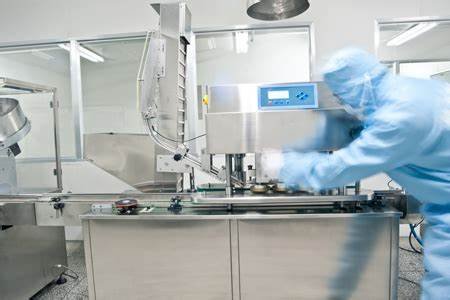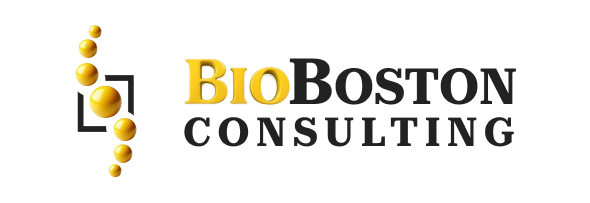Explore the importance of equipment qualification in the pharmaceutical industry. Proper execution and documentation are vital for ensuring product safety and effectiveness.
Equipment qualification is a critical process in the pharmaceutical industry that ensures equipment used in the manufacture of pharmaceuticals acts consistently, reliably, and according to established specifications. All this is for the quality, safety, and efficacy of pharmaceutical products.
The process of qualification of equipment can be divided into three stages: design qualification (DQ), installation qualification (IQ), and operational qualification (OQ). These are some of the critical aspects in an equipment qualification intended for the pharmaceutical industry:
Risk Assessment:
Normally, any risk assessment before starting the qualification process of the equipment usually identifies all hazards and the degree to which they can impact the equipment and the product. This helps determine the level of qualification needed for the equipment and appropriate testing and documentation requirements for each stage.
Documentation
Documentation is an essential part of the qualification process of equipment. Satisfactory documentation shows the successful qualification of equipment and compliance to all legal standards. Documentation should include specifications of the equipment, qualification plan, test protocols, test results, and a summary of the qualification process in a final report.
Calibration and Maintenance:
The apparatus used in qualification should be calibrated and maintained in a regular fashion to ensure accurate and reliable functioning of the equipment used. Calibration and maintenance of equipment, as per the recommendation by the manufacturer and the requirements of the regulating authorities, should be checked during qualification.
Training and Qualification of Personnel
All personnel involved in the qualification process should be trained and qualified to ensure that they know what is to be done and carry out tests accordingly. Personnel training documentation must be maintainedto show that all personnel are qualified to participate in the qualification process.
Change Control:
Equipment and process changes are commonly implemented. Changes shall be subject to the appropriate change control process which would make provisions for proper review, documentation, and implementation. The change may necessitate requalification of the equipment to ensure that it remains in regulatory compliance.
Traceability:
Equipment qualification should ensure traceability of activities from the time of the initial risk assessment till the final qualification report. All steps in qualification processes must be well documented, and the resultant equipment will be qualified to meet all requirements set by regulatory bodies.
Conclusion
The equipment qualification process is a critical step to quality, safety, and efficacy in pharmaceutical products. With such importance attached to the process, proper planning and documentation with suitable execution are of utmost importance to ensure that the equipment satisfies all the regulatory needs and acts reliably and consistently. This ensures that pharmaceutical companies adhere to these key considerations in ensuring that their equipment is qualified and thus renders their products safe and effective.
Contact BioBoston Consulting today or visit our website to learn more about how we can assist your organization.



